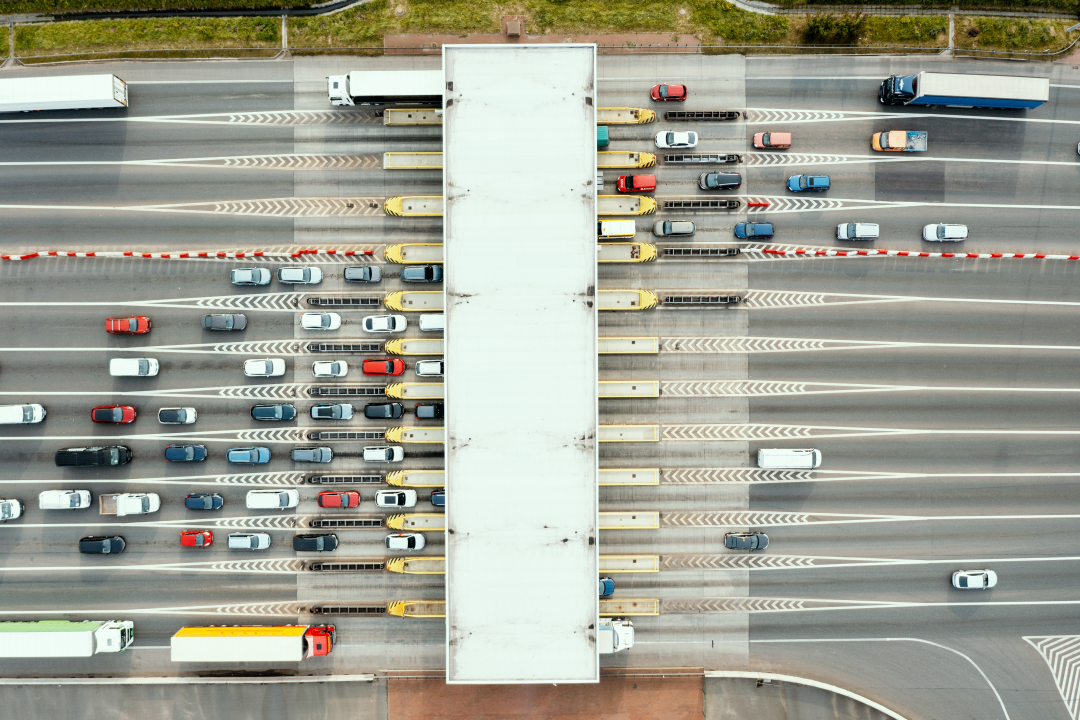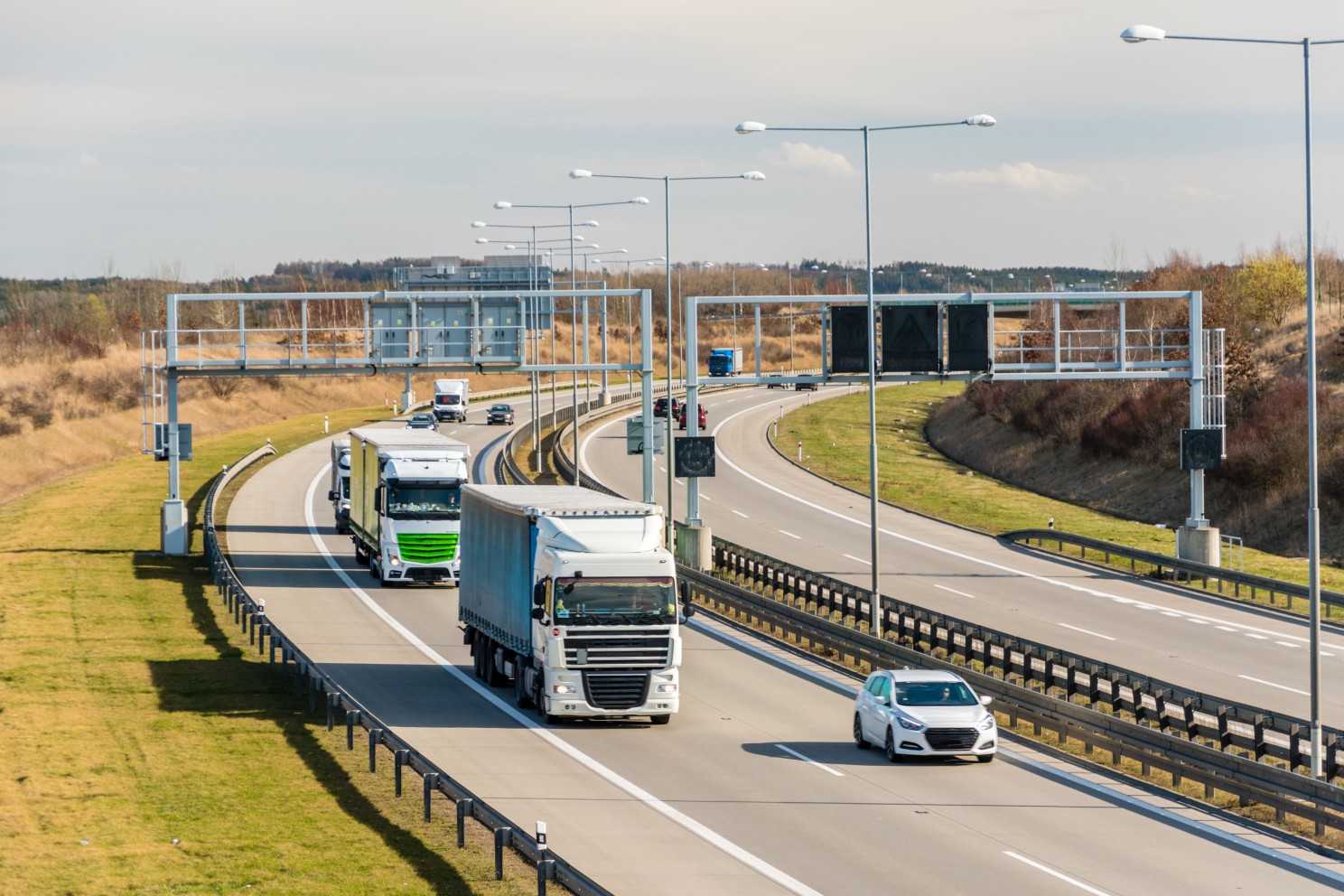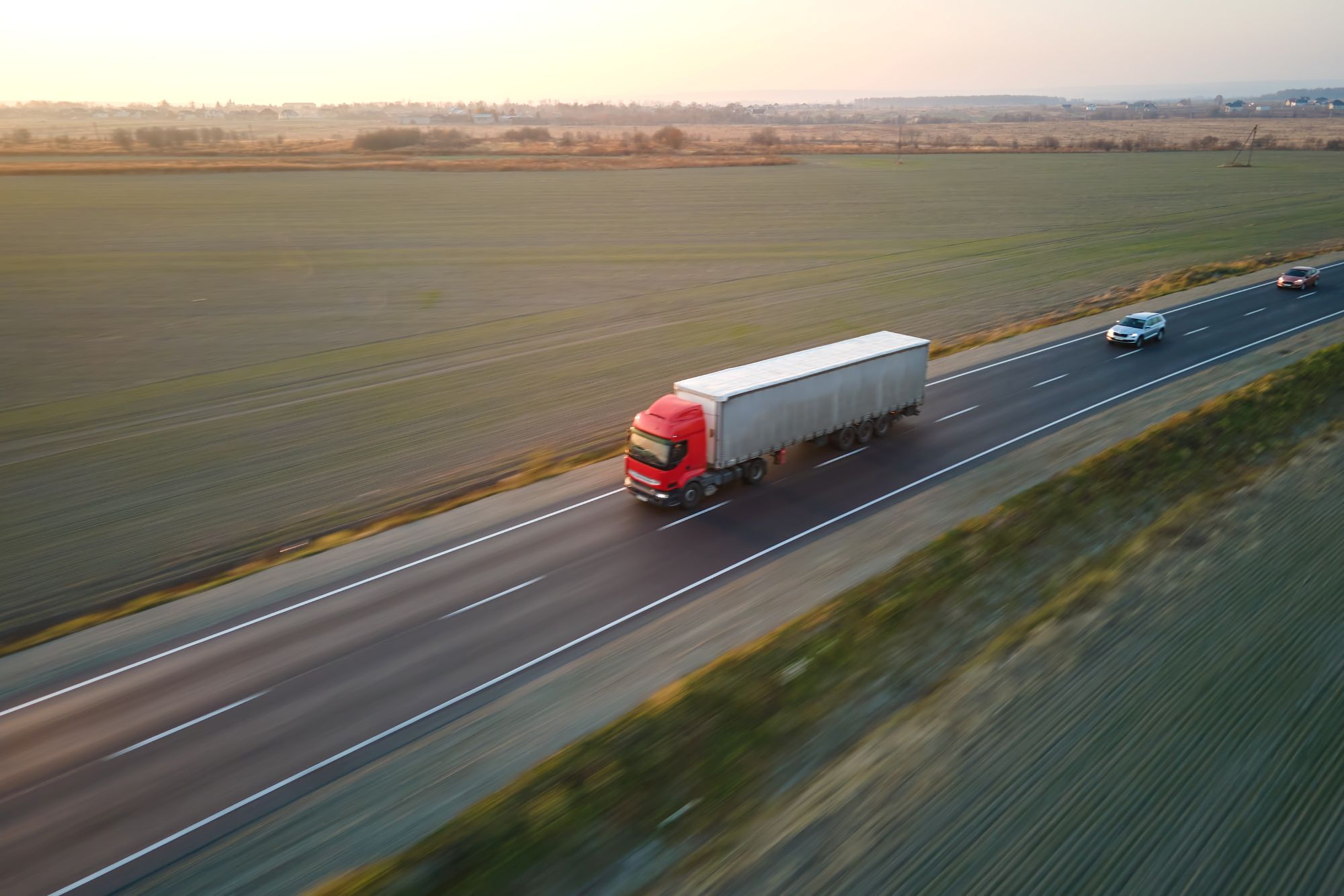
Susie Jones
Pochopenie nových sadzieb mýta pre nákladné vozidlá v Nemecku
Vytvorené: 12. 08. 2024
•
Aktualizované: 12. 08. 2024
V súvislosti s prebiehajúcimi zmenami v nemeckom mýtnom systéme pre nákladné vozidlá je ľahké sa v mnohých zmenách a predpisoch stratiť. Takmer 83 % miestnych jázd nákladných vozidiel, ktoré pokrývajú približne 200 kilometrov, sa už uskutočňuje po spoplatnených cestách - čo poukazuje na vplyv nemeckých mýtnych poplatkov na výdavky vozového parku.
V súvislosti s nárastom sadzieb mýta tieto nové zmeny tvrdo zasiahli spoločnosti prevádzkujúce vozové parky. Zmeny mýta v rokoch 2023 a 2024 sú dôsledkom podpory nemeckej vlády v rámci novely zákona o mýte, ktorou sa prijíma:
Nové sadzby mýta
Zavedenie mýta za emisie CO2
Zrušenie oslobodenia od mýta pre vozidlá na zemný plyn
Rozšírenie mýta na vozidlá s prípustnou celkovou hmotnosťou nad 3,5 tony.
1. januára 2023 zmeny
Sadzby mýta sa zvýšili na začiatku roka 2023. Rozhodujúce boli tri faktory:
Počet náprav
Trieda emisií
Prípustná celková hmotnosť jazdnej súpravy.
zmeny 1. decembra 2023
V decembri boli zavedené triedy emisií CO2 ako nové tarifné kritérium. Vypočítava sa na základe príplatku 200 eur za tonu emisií CO2 - tento príplatok sa vyberá od všetkých vozidiel s prípustnou celkovou hmotnosťou nad 7,5 tony. Výška jednotlivých príplatkov okrem súčasného mýta závisí od emisnej triedy.
Trieda 1 - nákladné vozidlá s najvyššími emisiami CO2, a teda s najvyšším možným príplatkom. Spoločnosť TollCollect, ktorá v Nemecku vyberá mýto pre nákladné vozidlá, zaraďuje všetky registrované vozidlá do tejto emisnej triedy - prevádzkovatelia vozových parkov sa musia obrátiť na túto spoločnosť, aby požiadali o lepšie zaradenie, ak na to majú nárok.
Triedy 2 a 3 - obe triedy sa priradia pri zadávaní údajov o vozidle na portáli TollCollect.
Trieda 4 - nákladné vozidlá s nízkymi emisiami, napríklad vozidlá na zemný plyn.
Trieda 5 - nákladné vozidlá s nulovými emisiami.
1. januára 2024 zmeny
Od 1. januára 2024 sa prestalo uplatňovať oslobodenie od mýta pre vozidlá na zemný plyn.
1. júla 2024 zmeny
Mýto sa bude platiť za všetky vozidlá s technicky prípustnou celkovou hmotnosťou vyššou ako 3,5 tony. V súvislosti s touto novou zmenou existuje niekoľko výnimiek:
Vozidlá bez emisií s technicky prípustnou celkovou hmotnosťou vyššou ako 4,25 tony.
Ťažké úžitkové vozidlá bez emisií - táto výnimka platí do konca decembra 2025.
Vozidlá používané obchodnými podnikmi - Platí pre vozidlá s celkovou hmotnosťou nižšou ako 7,5 tony.

Pripravte svoj vozový park na júlové zmeny
Pred 1. júlom si musíte overiť, či vaše vozidlá podliehajú mýtu, a ak áno, ako chcete mýto zaplatiť.
Skontrolujte svoje vozidlá
Skontrolujte prvú časť osvedčenia o evidencii vozidla v poli F1. Ak má vaše vozidlo technicky prípustnú maximálnu hmotnosť nákladu (TPMLM) vyššiu ako 3,5 tony, podliehate plateniu mýta. Nákladné vozidlá, ktorých TPMLM je presne 3,5 tony alebo menej, nepodliehajú plateniu mýta.
Kombinácie vozidiel - ak má ťažné vozidlo TPMLM viac ako 3,5 tony, podliehate mýtu. Kombinácia s TPMLM nad 3,5 tony nepodlieha mýtnemu poplatku, ak má ťahajúce vozidlo TPMLM 3,5 tony alebo menej.
Požiadavky na mýto sa vzťahujú na vozidlá určené alebo používané na cestnú nákladnú dopravu.
Obchodné podniky sú za určitých podmienok oslobodené od mýta.
Ako zaplatiť mýto
Najpohodlnejší spôsob platby je pomocou palubnej jednotky (OBU), ktorú poskytuje spoločnosť Toll Collect, poskytovatelia Európskej služby elektronického výberu mýta (EETS) alebo ich obchodní partneri.
Platba palubnou jednotkou si vyžaduje registráciu v systéme Toll Collect a dohodnutie termínu inštalácie - po inštalácii nastavte hmotnosť ako "<7,5 tony". S palubnou jednotkou sa bude automaticky vyberať mýto na diaľniciach a spolkových cestách od 1. júla 2024.
Mýto môžete zaplatiť aj na webovej stránke Toll Collect https://www.toll-collect.de/en/tollcollect/tchomepage.html alebo prostredníctvom aplikácie app ešte pred začiatkom cesty.
Je moje obchodné vozidlo oslobodené od nových nemeckých mýtnych sadzieb?
Na uplatnenie oslobodenia od dane pre remeselníkov sa vzťahujú tieto podmienky:
Vozidlo môžu viesť len zamestnanci obchodnej spoločnosti.
Prepravované materiály, zariadenia alebo stroje musia byť nevyhnutné na vykonávanie služieb a prác v rámci živnostenského podnikania.
Prepravovaný ručne vyrobený tovar musí byť vyrobený, spracovaný alebo opravený v podniku živnostníka.
Svoje obchodné vozidlá môžete zaregistrovať online na stránke Toll Collect. Viac informácií o výnimkách sa obchodné podniky dozvedia na stránke FAQ spoločnosti Toll Collect.
Môžu nákladné vozidlá jazdiť v Nemecku v nedeľu?
V záujme zníženia premávky a zachovania bezpečnosti na cestách platia v určitých časoch zákazy jazdy komerčných nákladných vozidiel. Zákaz platí v nedeľu, čo znamená, že vodiči nákladných vozidiel s hmotnosťou nad 7,5 tony sa nemôžu pohybovať od 12.00 do 22.00 hod. Okrem toho platí zákaz jazdy aj počas nasledujúcich štátnych sviatkov:
Nový rok - 1. januára
Veľký piatok - 18. apríla
Veľkonočný pondelok - 21. apríla
Sviatok práce - 1. máj
Deň nanebovstúpenia - 29. máj
Zelený štvrtok - 8. júna
Deň zjednotenia Nemecka - 3. október
Vianoce a Boxing Day - 25. a 26. decembra
Počas hlavných prázdnin, od 1. júla do 31. augusta, platí v sobotu zákaz jazdy nákladných vozidiel, čo znamená, že vodiči nákladných vozidiel nesmú jazdiť v čase od 7.00 do 20.00 h, keď je na cestách vysoká frekvencia vozidiel.



